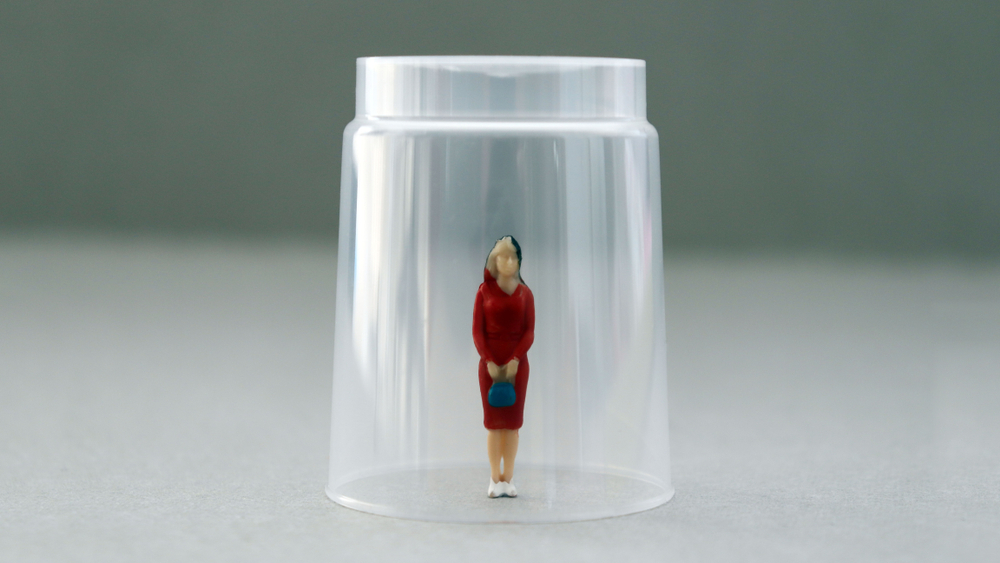
Women in Australia face almost no legal barriers in pursuing their careers or other economic activity. The just-released report by the World Bank: Women, Business and the Law, 2019: a decade of reform measures the level of gender equality across 187 economies – with specific reference to economic activity. The areas measured are: going places; managing assets; getting married; getting a pension; starting a job; getting paid ; having children. In each area countries scored from 0 to 100 where 100 is perfect equality.
Six countries for the first time scored an overall 100, being Belgium, Denmark, France, Latvia Luxembourg and Sweden. Australia ranked 16th overall with a score of 96.88. Australia, in fact ,scored a maximum 100 on seven out of eight criteria with the exception being getting a pension– scoring 75 here.
Having what is in substance almost complete legal equality is hugely important and is the basis upon which full equality can be built. It is certainly a situation not enjoyed by women in many other countries. But it would be a mistake to believe that legal equality signals true equality in the workplace.
The factors that disadvantage Australian women are often hidden or disguised and therefore more difficult to combat than blatantly legalised discrimination.
Three of the most significant factors are :
1 Unconscious Bias – Biases which exist at various levels of organisations and which come into play at various stages of women’s career paths tend to constitute barriers which prevent them from advancing as fast as men. According to the Bankwest/WGEA Gender Equity Insights Report the current trajectory women will have to wait until 2100 to have an equal number of CEO roles as men.
2 Sexual Harassment – This is a major problem for women in Australian workplaces and it appears to be getting worse. Sexual harassment prevents many women from fulfilling their potential at work and forces a good number to change jobs just to avoid it. The Australian Human Rights Commission, 2018 Report states that the prevalence of sexual harassment in our workplaces has grown since the last report in 2012 with 39% of women aged 15 years and older having experienced it. 79 % of perpetrators are men; 83% of incidents of workplace sexual harassment went unreported; and 43% of those who did make a formal complaint experienced negative consequences as a result.
3 Structural Issues – Inbuilt economic detriments which tend to prejudice women have often been accepted as inevitable and almost impossible to change. These include industrial and occupational segregation where women who are the preponderant numbers in certain occupations are paid less than males in industries when men have the greatest numbers Also greater caring obligations falling on the shoulders of women which makes many of them work part-time
While we can celebrate the fact that Australia is an open and democratic society which does not have laws on its books which overtly treat women as inferior, we must recognise that there is work to be done before women in this country can be said to enjoy absolute equality of opportunity in every way.
